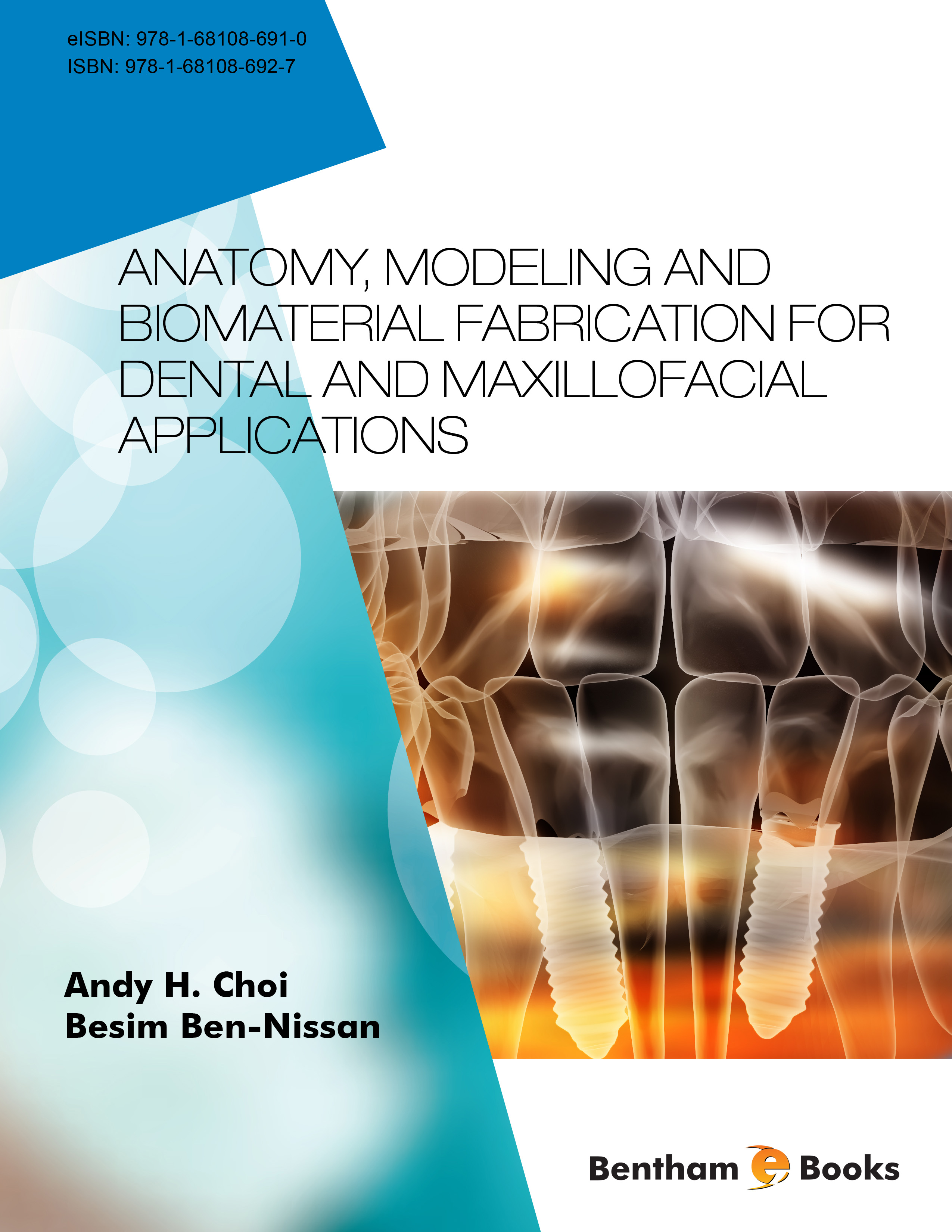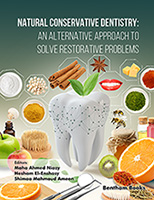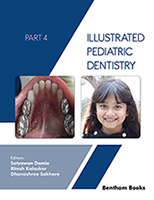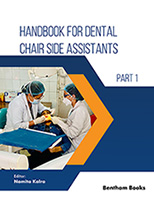The use of biomaterials has been a mainstay in oral and maxillofacial applications. In recent years, better understanding of biological and biomolecular responses to implant materials as well as advances in biomaterial engineering, have led to the development of novel biomaterials which incorporate various aspects of tissue engineering, regenerative medicine, nanotechnology, surface functionalization and composite systems. A key consideration in biomaterial engineering is biocompatibility, which is the ability for the implant biomaterial to illicit an appropriate host tissue response whilst avoiding and preventing undesirable effects. This consideration is highly specific to the intended function and site where the implant is being used. As such, keen appreciation of the physiology and anatomy of the implant site will be required during material selection and design.
Amongst various metallic biomaterials, use of titanium and its alloys (Ti-6Al-4V) is one of the most widespread for oral and maxillofacial applications. Since its first use, titanium implants have the longest traceable record in clinical practice, receiving a success rate as high as 99 % for 15 years. Good biocompatibility, favorable tissue response, adequate strength and corrosion resistance are some of the key attributes which make it an excellent choice as a biomaterial worldwide. An important property to titanium’s good biocompatibility is its ability to form an oxide layer almost spontaneously when exposed to air, and it is this oxide layer which not only passivates the bulk metal, but more importantly induces apatite formation (the main inorganic component of natural bone) when implanted. However, the use of titanium implants is not without certain issues. Incomplete osteointegration can still occur where there is insufficient contact between the metal and host bone. Methods to address these issues include surface modifications (sand blasting, acid etching, plasma coating to name a few) to increase surface roughness, oxide layer and bioactivity.
Ceramics have been used as biomaterials for oral and maxillofacial applications due to their properties of good bioactivity, high hardness and wear resistance. Bioceramics can be categorized based on the biological response when they are implanted: bioinert or bioactive. Bioinert medical materials generally do not result in any host tissue response, and remain in the implant site without osteointegration. Bioactive medical materials provide a conducive environment which interacts and changes with its implanted environment. With bioceramics, bioactivity is commonly associated with osteoconductivity, whereby the biomaterial functions to guide and facilitate bone attachment and in-growth. However, bioceramics are typically brittle in nature, and cannot be used alone in high load-bearing applications. Some of the common bioceramics are apatites, calcium phosphates and bioglass.
Nanotechnology refers to the manipulation, synthesis and fabrication of materials at the nanometer-scale. It has been widely regarded as a tool which will enable the engineering of next generation biomaterials. Applications of nanomaterials in oral and maxillofacial health is becoming increasingly common due to numerous advantages, which can be realized through engineering at the nanometer-scale. Nanostructured materials display physical properties which are distinctly different from the same material at the micrometer-scale. At the cellular level, nanoengineered features have been shown to elicit specific biological responses. Even recent efforts at elucidating of cell-cell, cell-matrix interactions have been focused on nanometer-scale material manipulation, targeting specific up-regulation and signaling pathways. Indeed, nanostructured titanium implants have shown to promote osteoblast adhesion, spreading and proliferation. Ligand specific signaling through nanoscale Arg-Gly-Asp (RGD) functionalization on titanium surfaces have also shown to improve osteointegration. Nanosized calcium phosphate coatings on implant surfaces through sol-gel transformation have also reported to improve implant mineralization. Thus, materials previously regarded as inadequate for osteointegration may be considered once more due to nanosurface functionalization.
Nanomaterials offer the advantage of very high surface to volume ratio, and are relevant as carriers for targeted and controlled delivery of growth factors, drugs and other therapeutic substances. They can enable the realization of tissue regeneration, where diseases can be treated by injecting these nanomaterials to deliver the therapy in a spatially and temporally controlled manner. A large portion of failures in oral and maxillofacial treatment and complications is due to recurrent microbial infection, leading to implant failure. Incorporation of silver nanoparticles has been shown to improve the antimicrobial properties, significantly. Furthermore, smaller-sized silver nanoparticles have been associated with greater efficacy, owing to their increased surface to volume ratio and ability to disrupt bacteria membrane, effectively.
In conclusion, biomaterials play a pervasive and integral role in oral and maxillofacial applications. Through greater understanding of physiology and biomolecular processes, better considerations can be made to the selection, design and development of biomaterials. Owing to the diverse function that each tissue plays, various metals and ceramics have been used for specific oral and maxillofacial applications. These materials can also be incorporated as composites to overcome shortcomings of an individual material. Advances in engineering techniques, in particularly nanotechnology, have opened up a myriad of possibilities which promise to revolutionize the way biomaterials are made and improve biomedical outcomes significantly. Future research endeavors should continue elucidating the mechanism of osteointegration, uncover specific implant-tissue responses and their associated internal mechanism, thereby improving on our model of biomaterial engineering.
Eng San Thian
Ph.D. (Cambridge)
Department of Mechanical Engineering
National University of Singapore
Singapore





